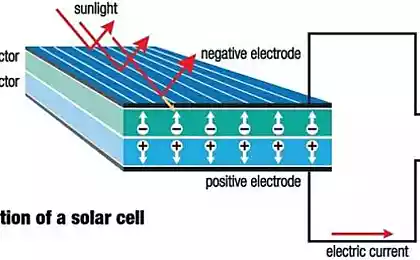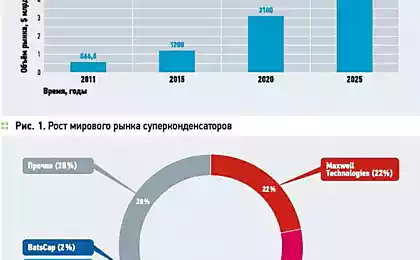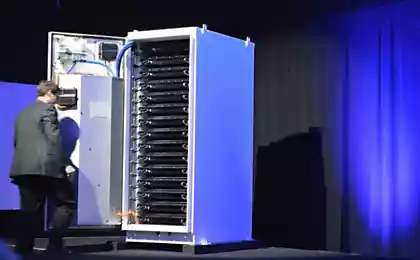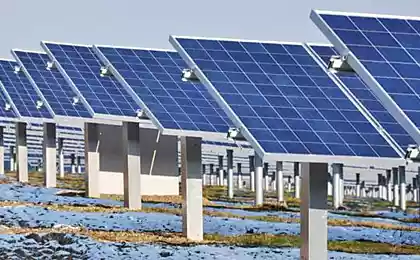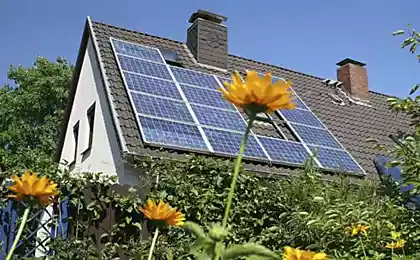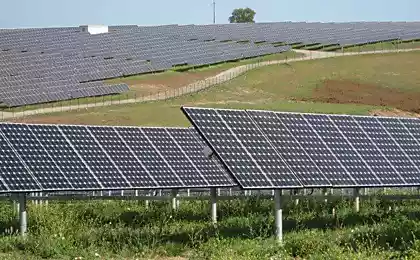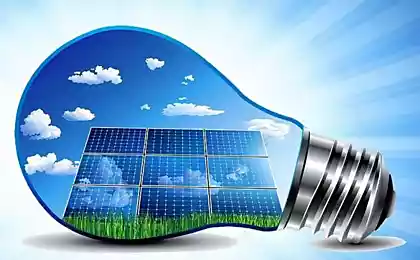1056
Renewables in the US caught up with the classic cost of electricity produced
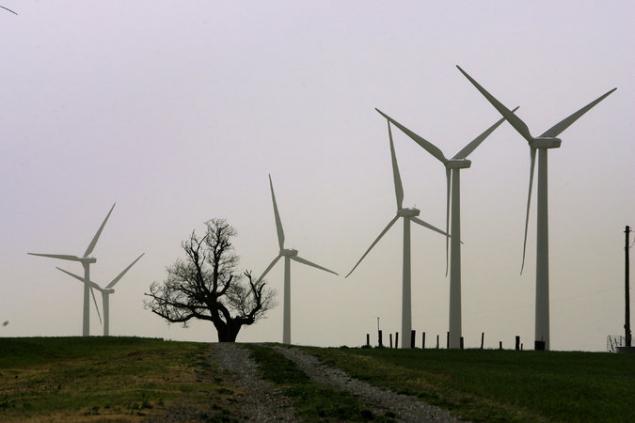
Day that the energy industry was waiting for so long, it seems nastaёt. Over the past few years, the cost of energy derived from wind turbines and solar panels has fallen so much that in some markets it has become less than the cost of energy derived from coal or natural gas - рассказывает NY Times . And the fall in prices accelerated only - this year, several companies have signed long-term contracts for the purchase of energy at better prices than normal. This is especially true of those regions of the US, where a lot of sunny and windy days. Although these prices are caused by the presence of government subsidies, which over time will be reduced, alternative energy already comes on the heels of the classical.
According to a study of the investment company Lazard wholesale energy prices, now the energy received from the sun, costs about 5.6 cents per kW / h, and the wind - 1.4 cents / kWh. Without subsidy - 7.2 cents and 3.7 cents respectively.
For comparison, the energy from natural gas costs 6.1 cents from coal - 6.6 cents. Jonathan Mir, Managing Director of Lazard, which is engaged in comparing prices of different energy sources in 2008, commented on the study as follows: "It is quite remarkable when comparing prices with those that were just five years ago, to see the decline in the value of new technologies».
In Russia, because of the abundance of natural mineral resources and lack of sunny days such energy sources are not popular. Energy from hydro power plants is about 16%. Countries smaller than the United States, have long been trying to get rid of dependence on oil, gas and coal, and go to renewable energy. In Germany, this summer has been put new record - more than 50% of the daily consumption was obtained from solar cells. Denmark receives 25% of the energy from wind turbines.
Source: geektimes.ru/post/241992/
Cyclists from Baidu monitors the health and charge your smartphone
3D-printer for the first time published in the product space





